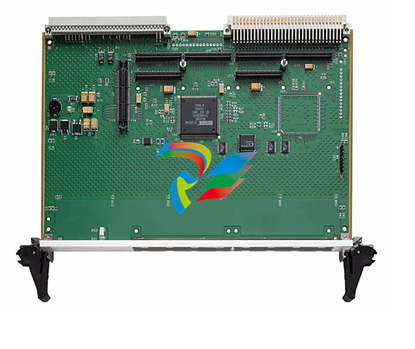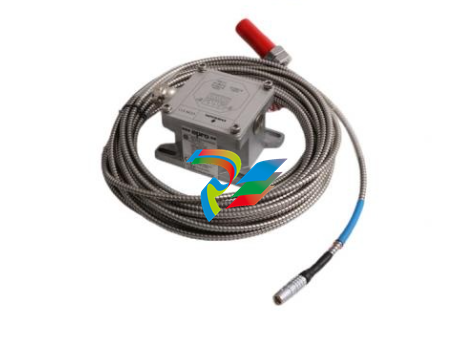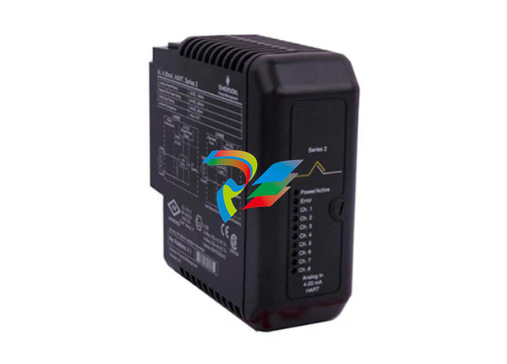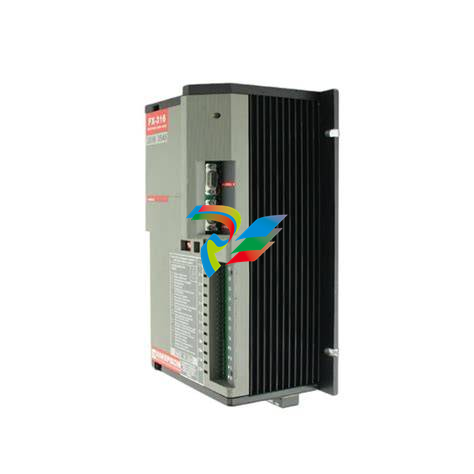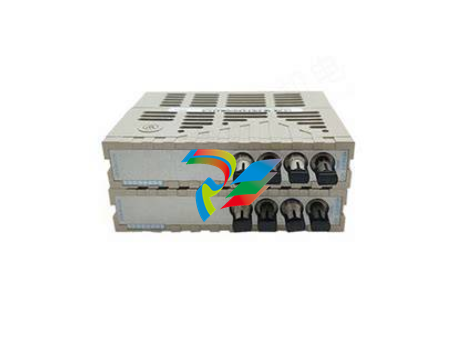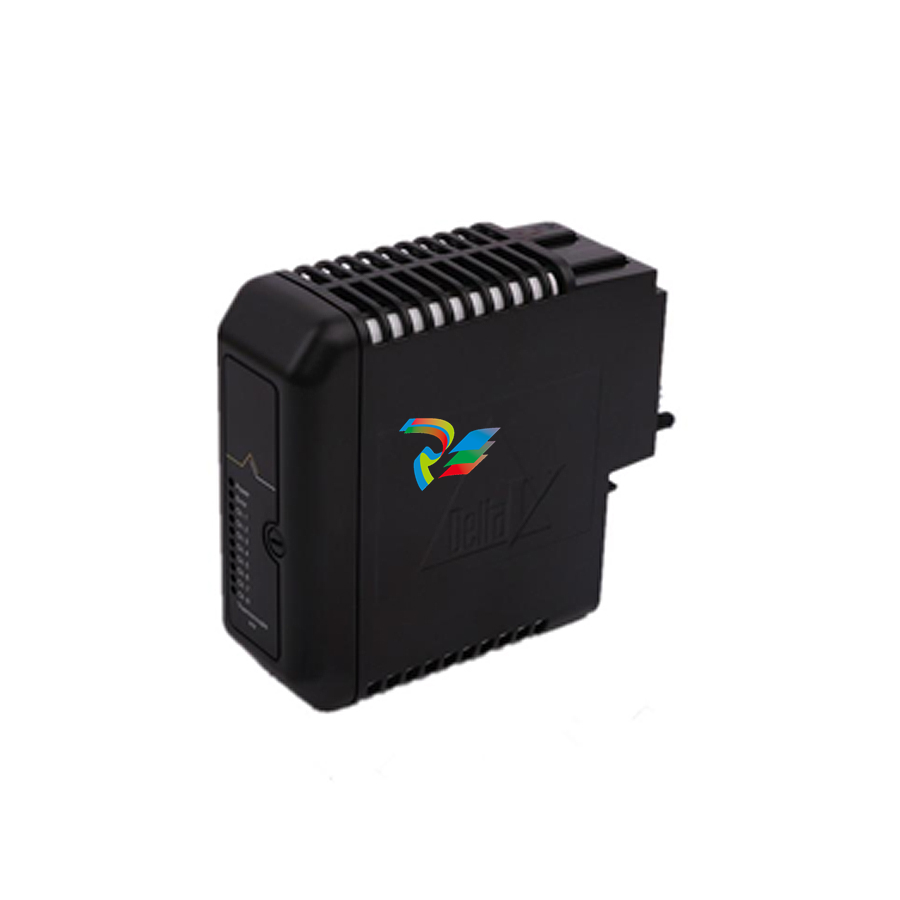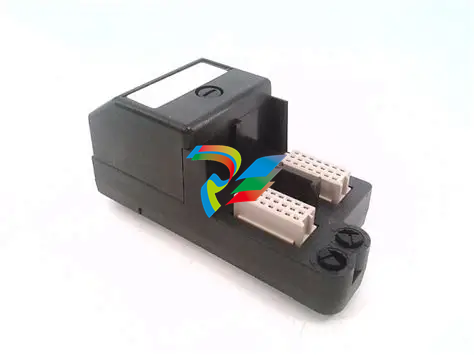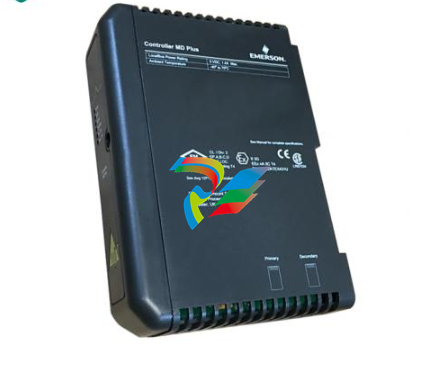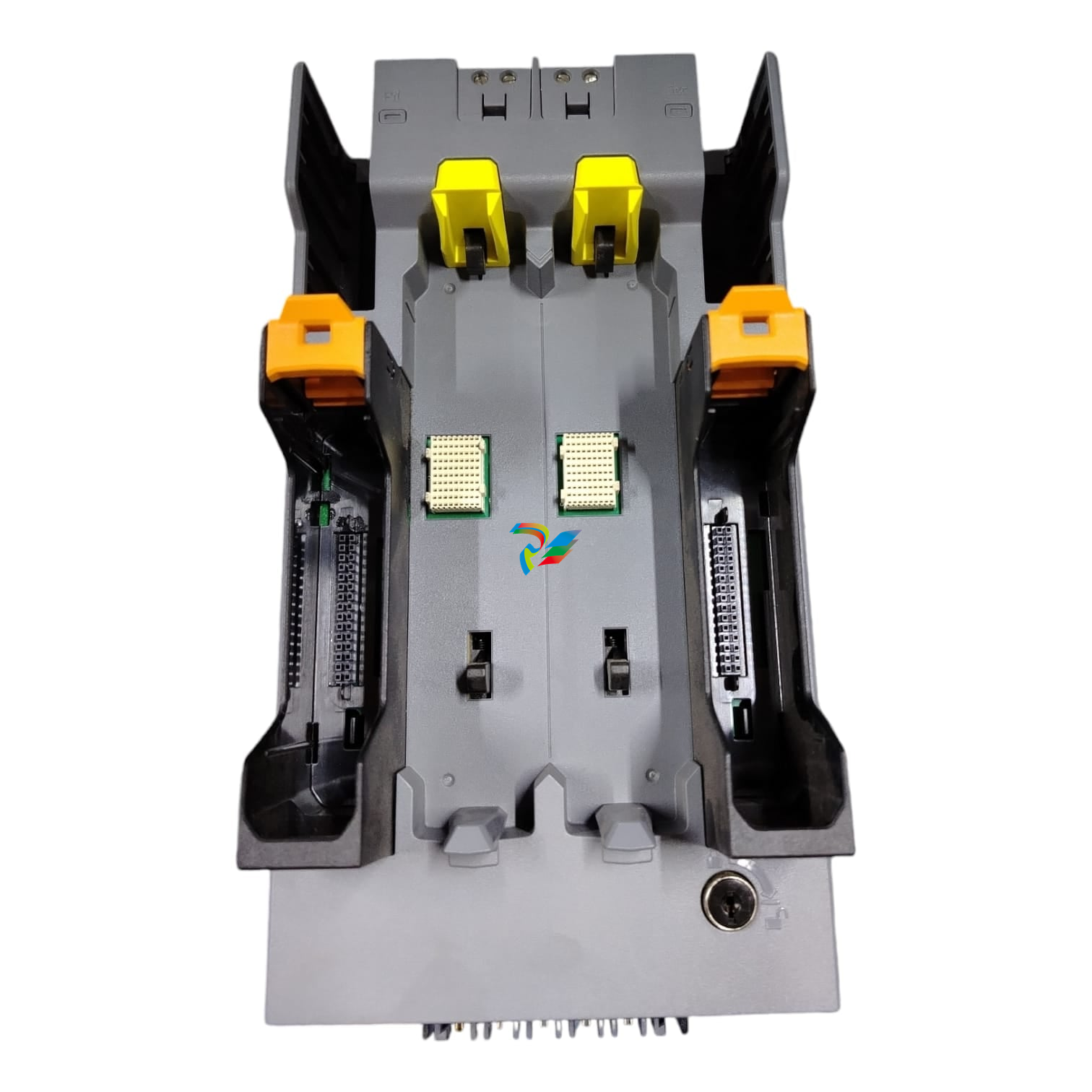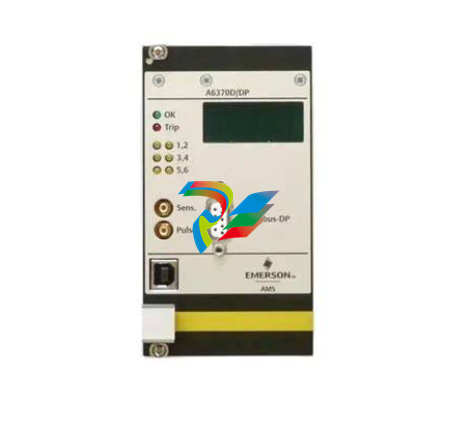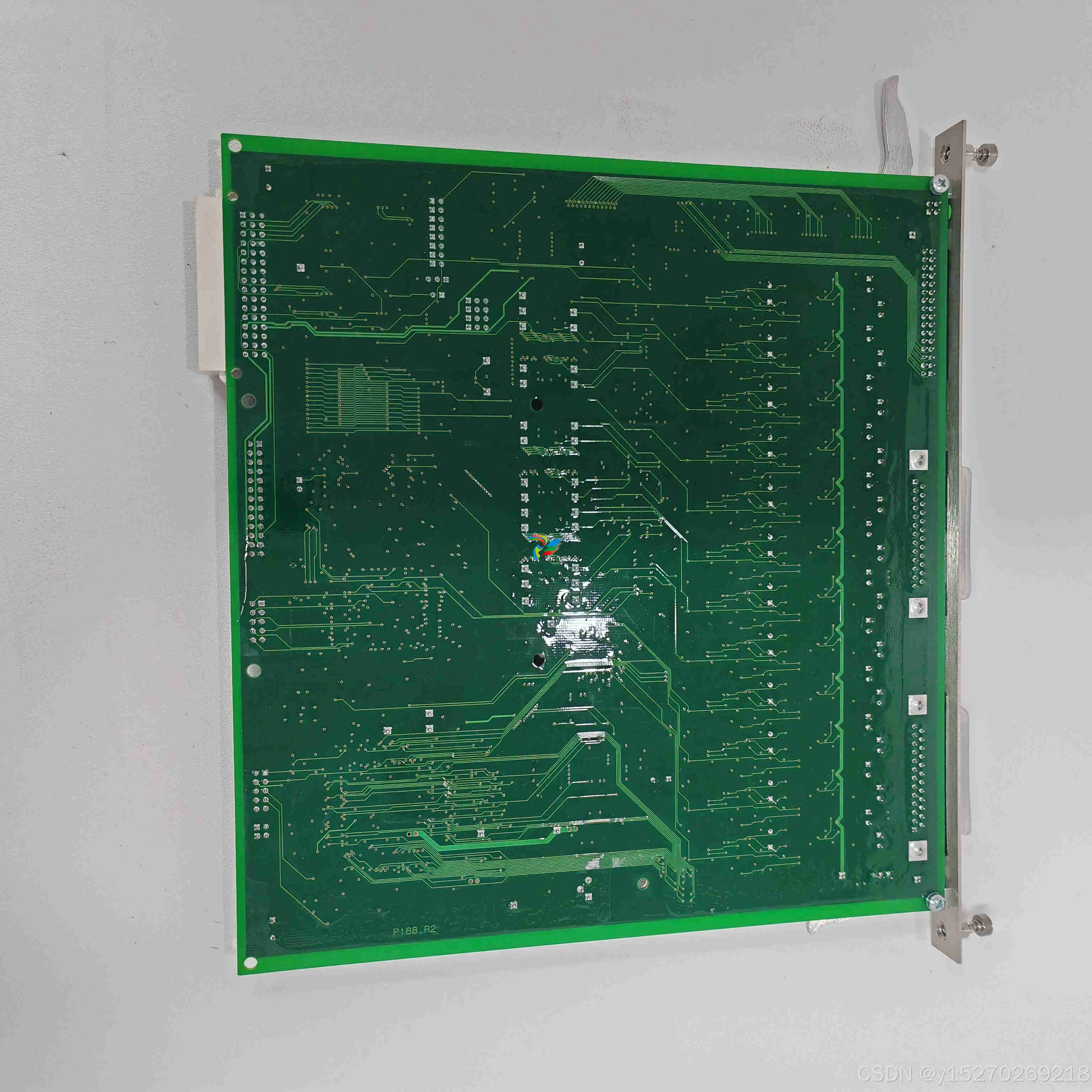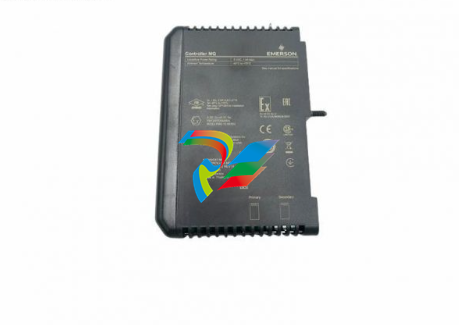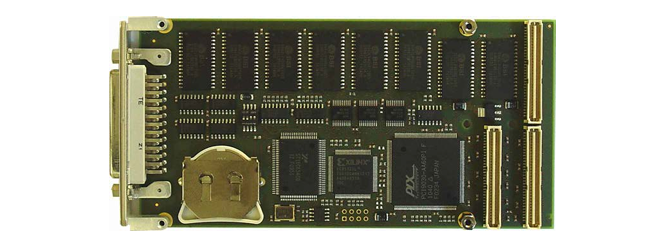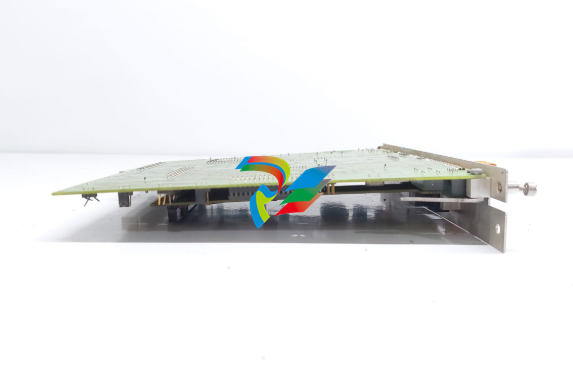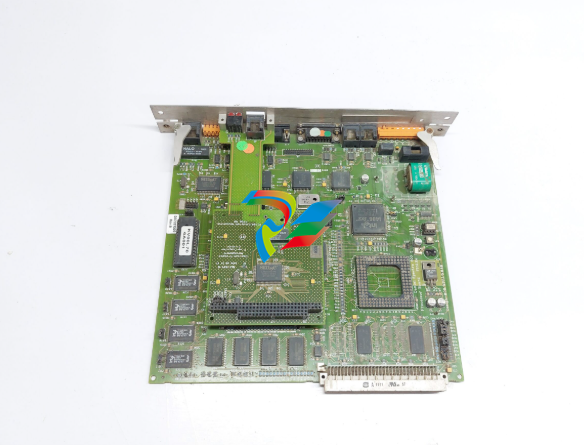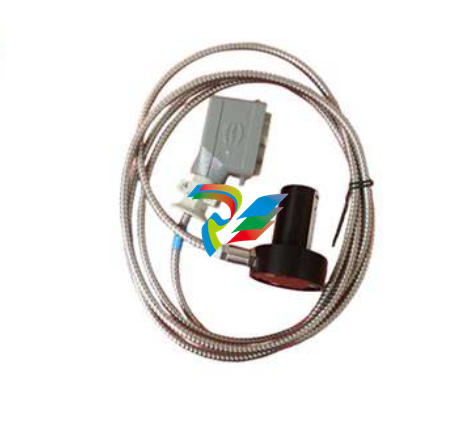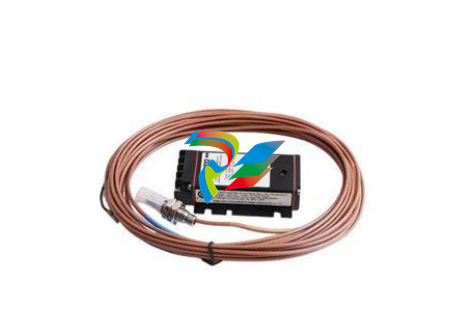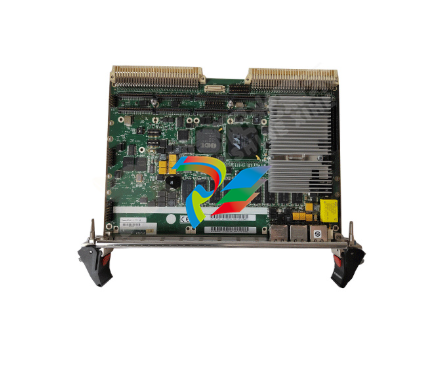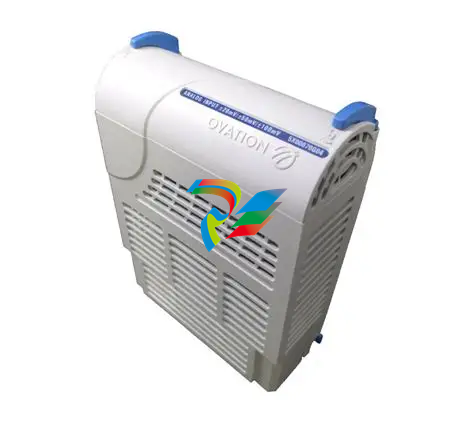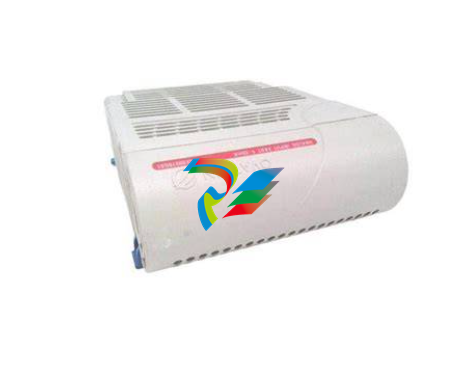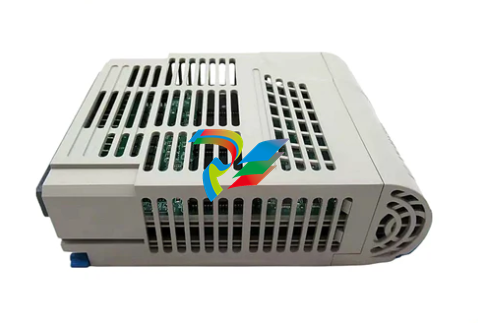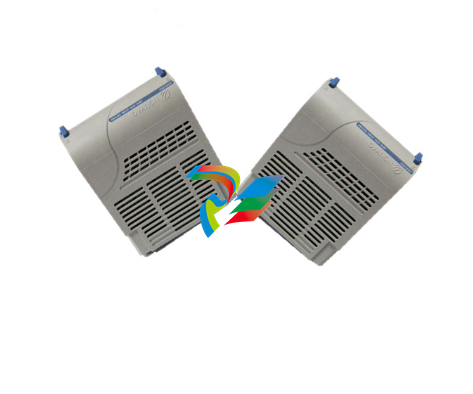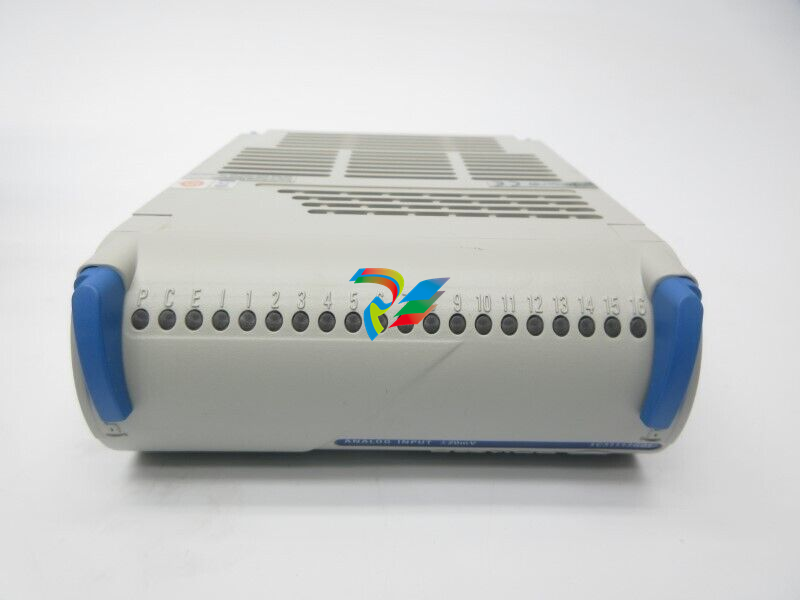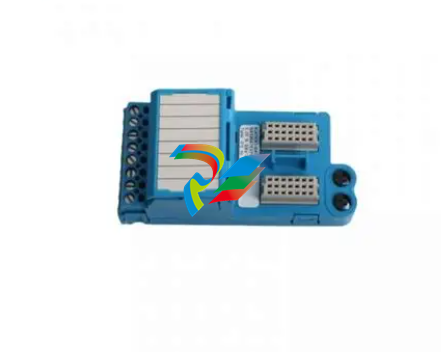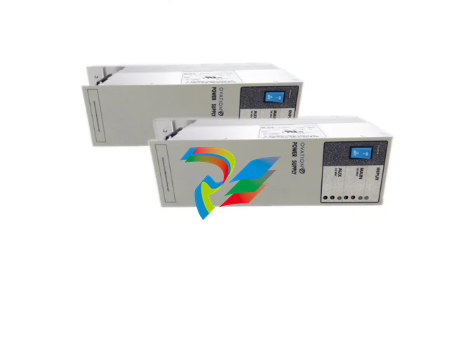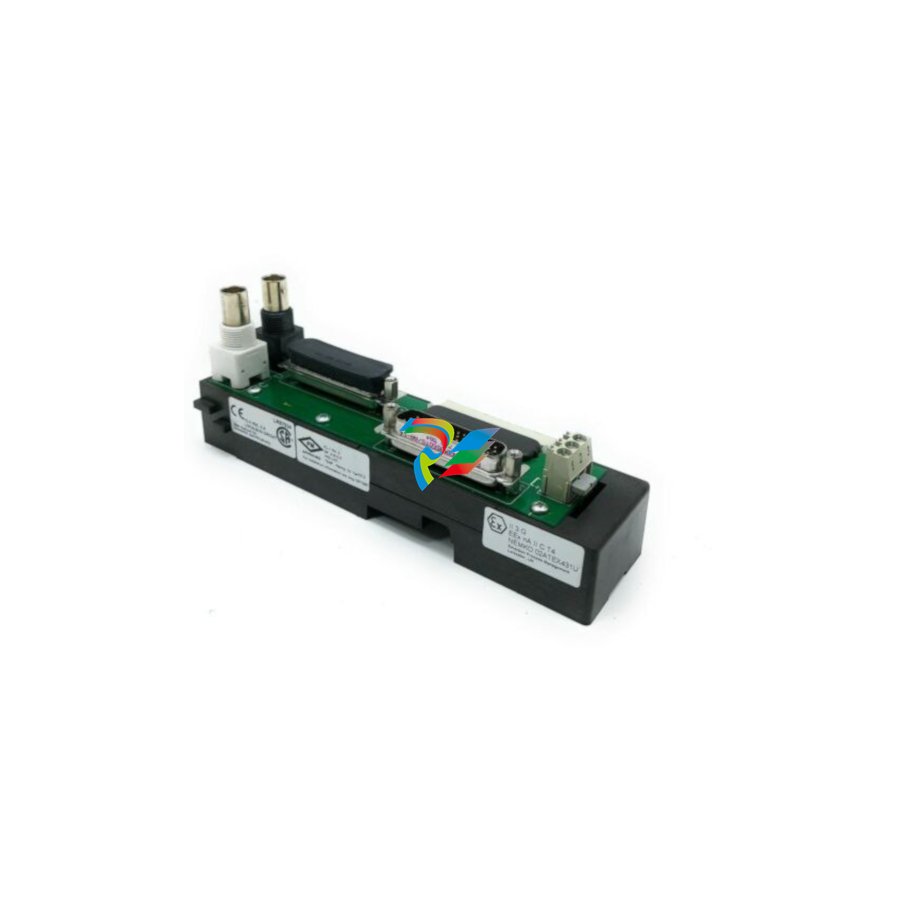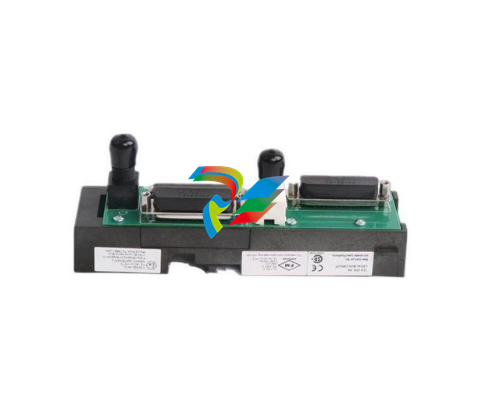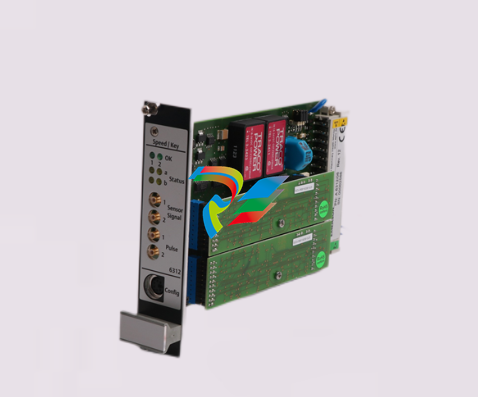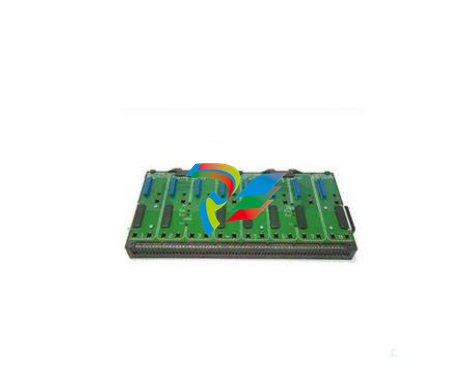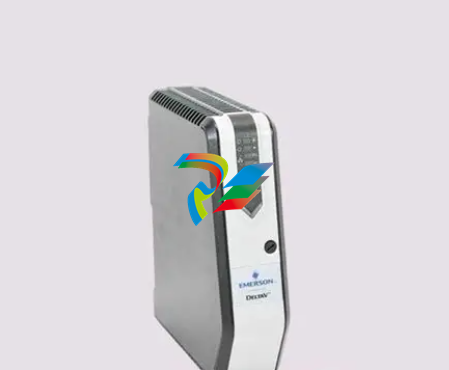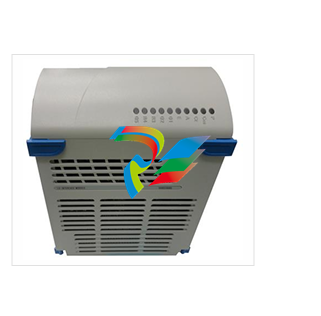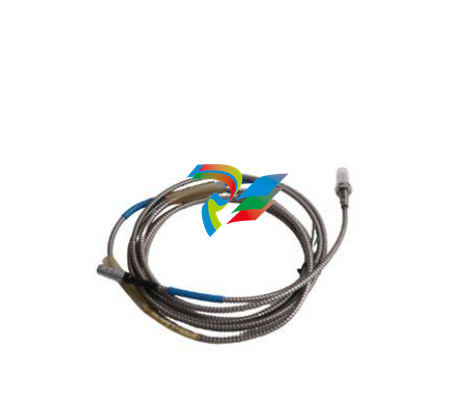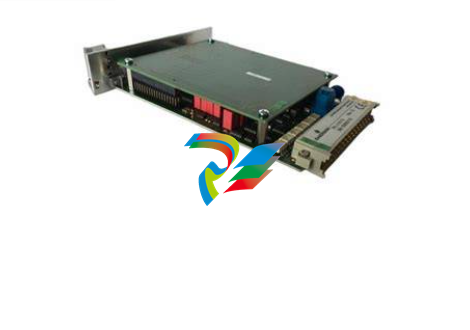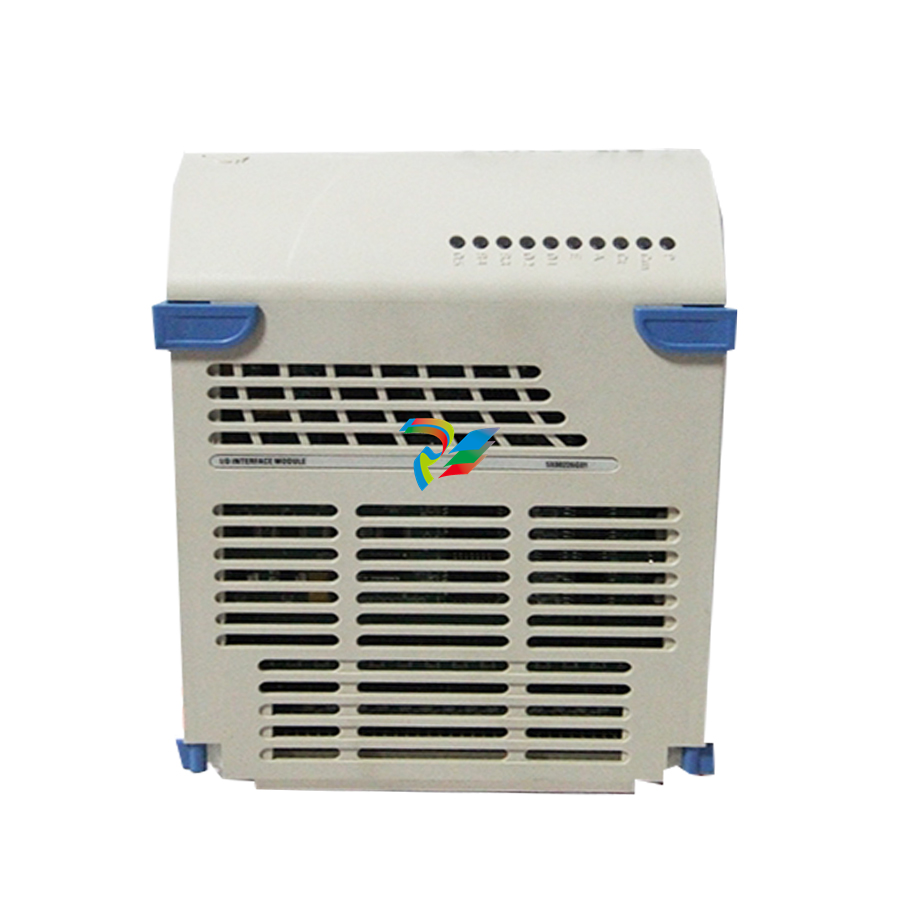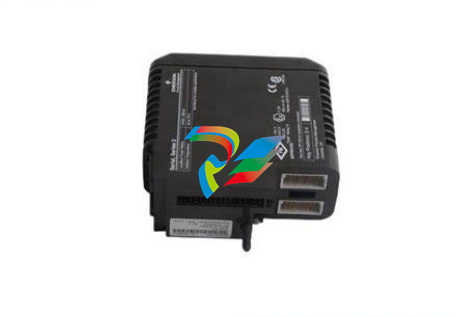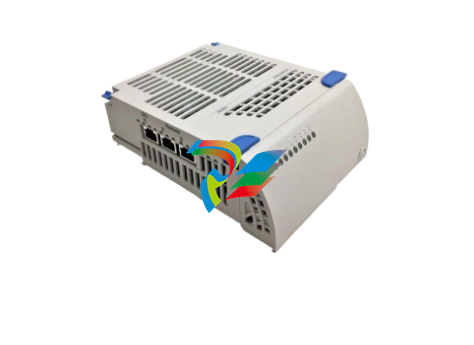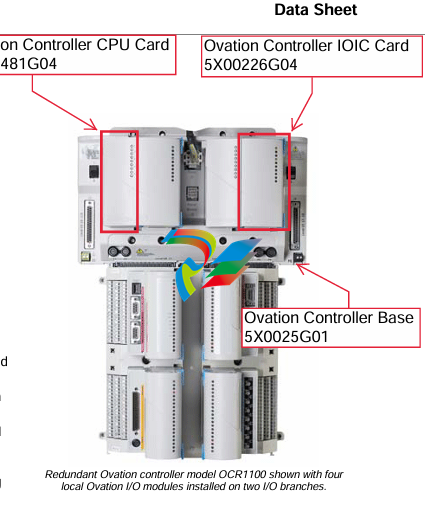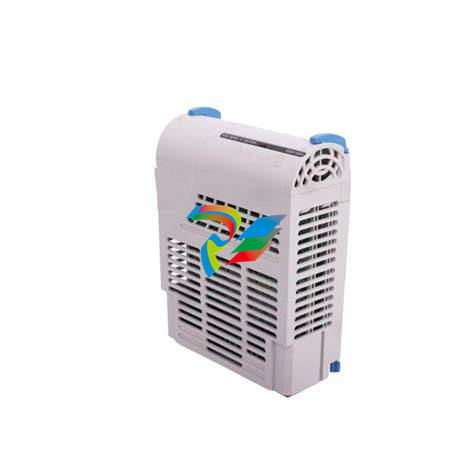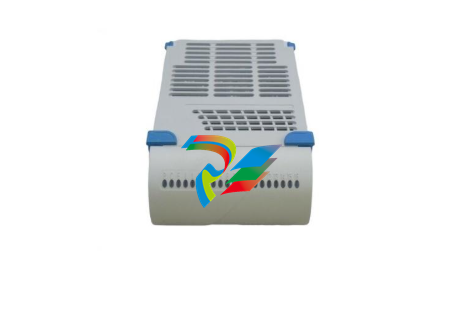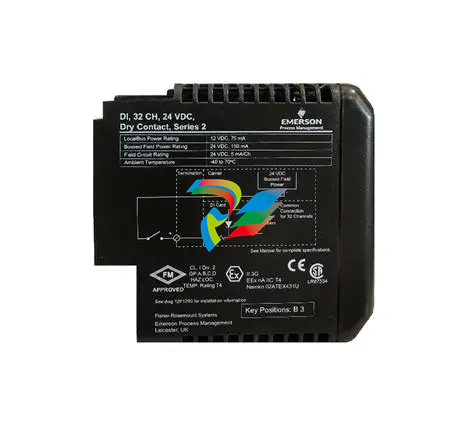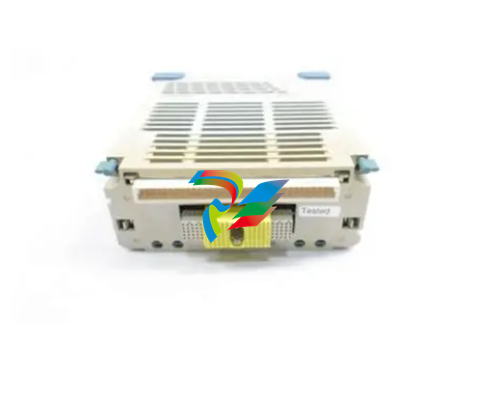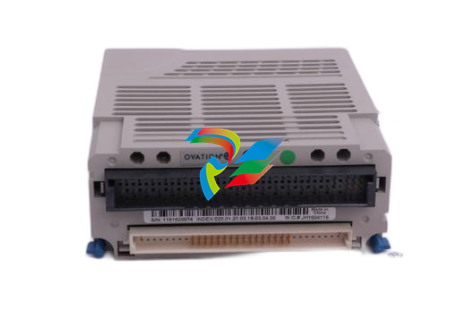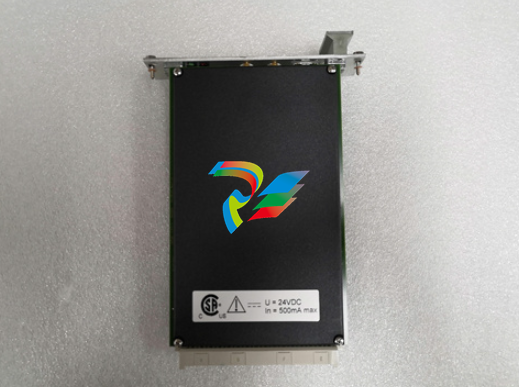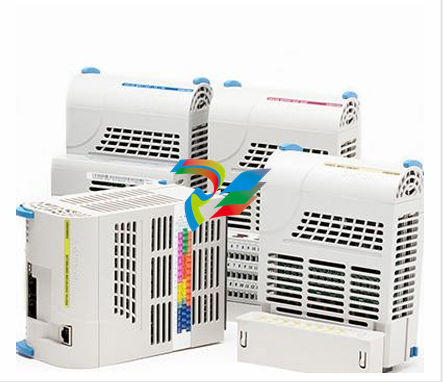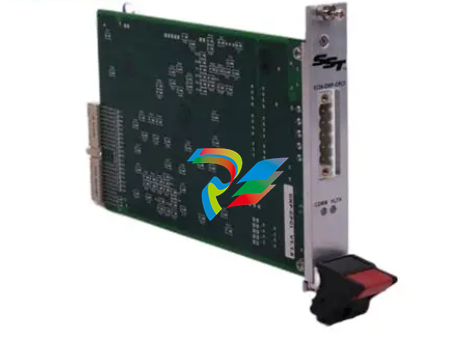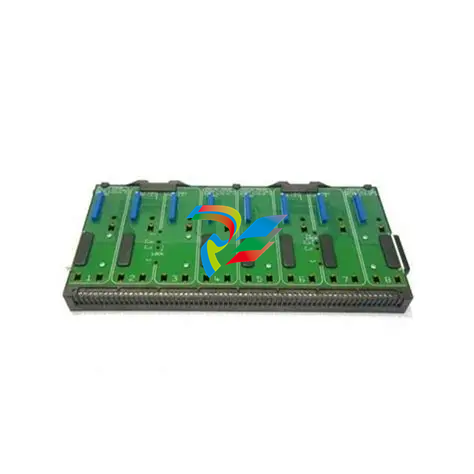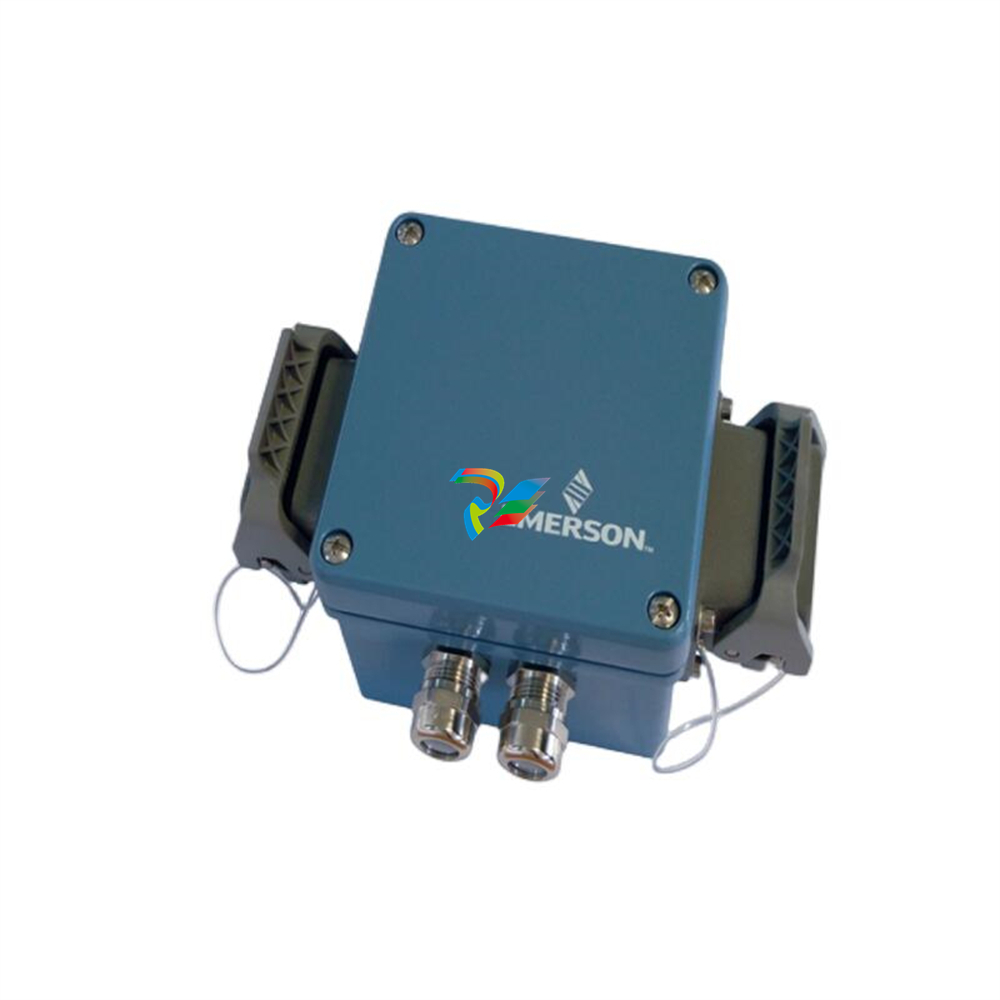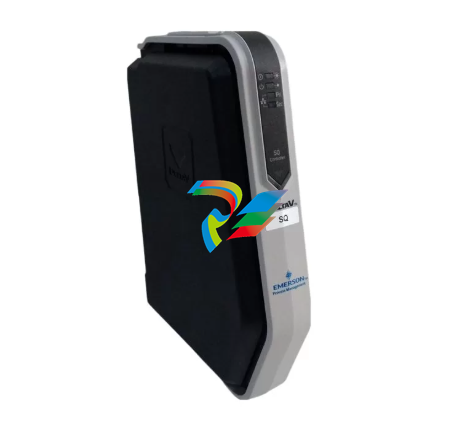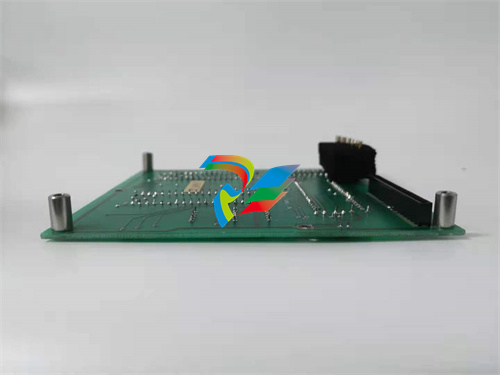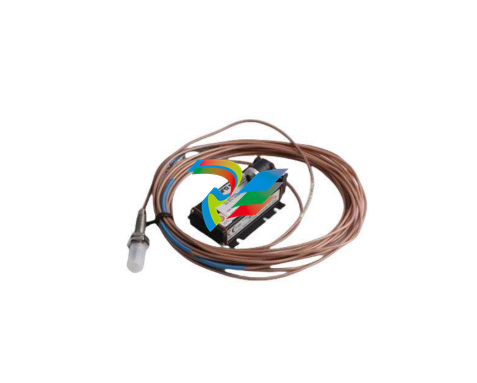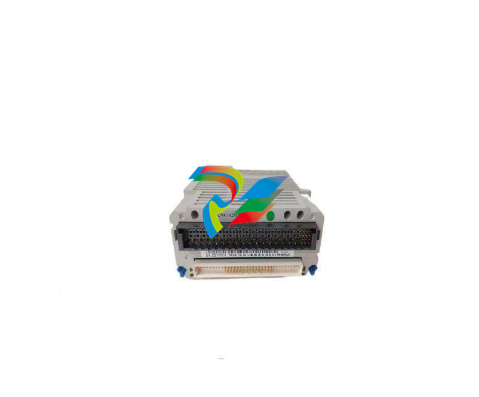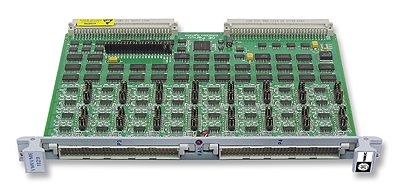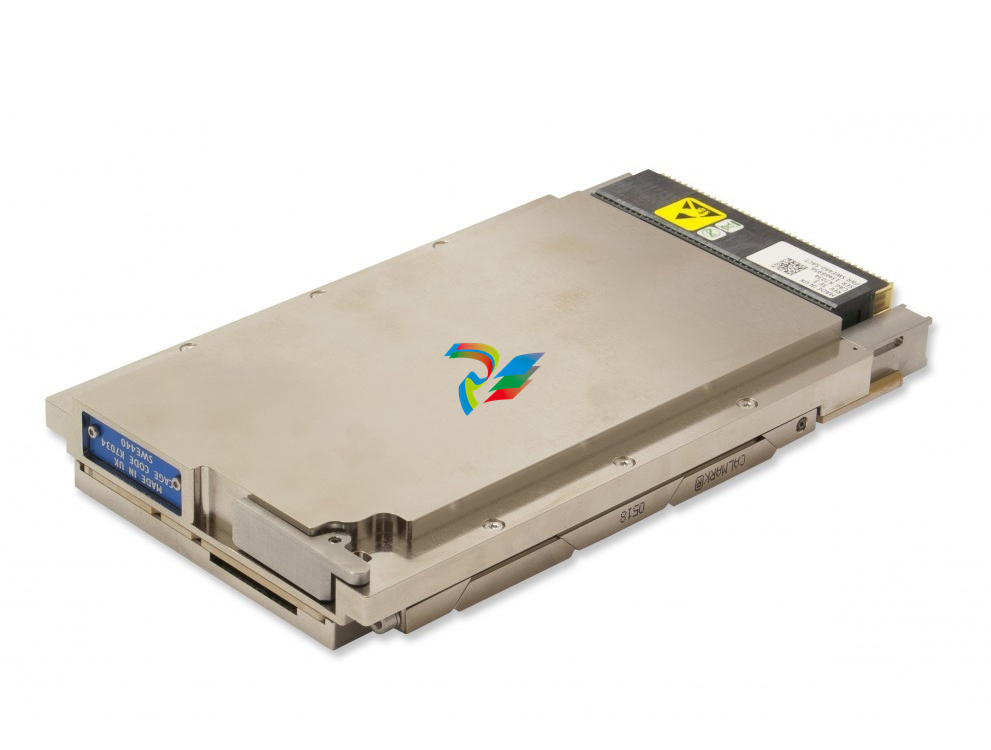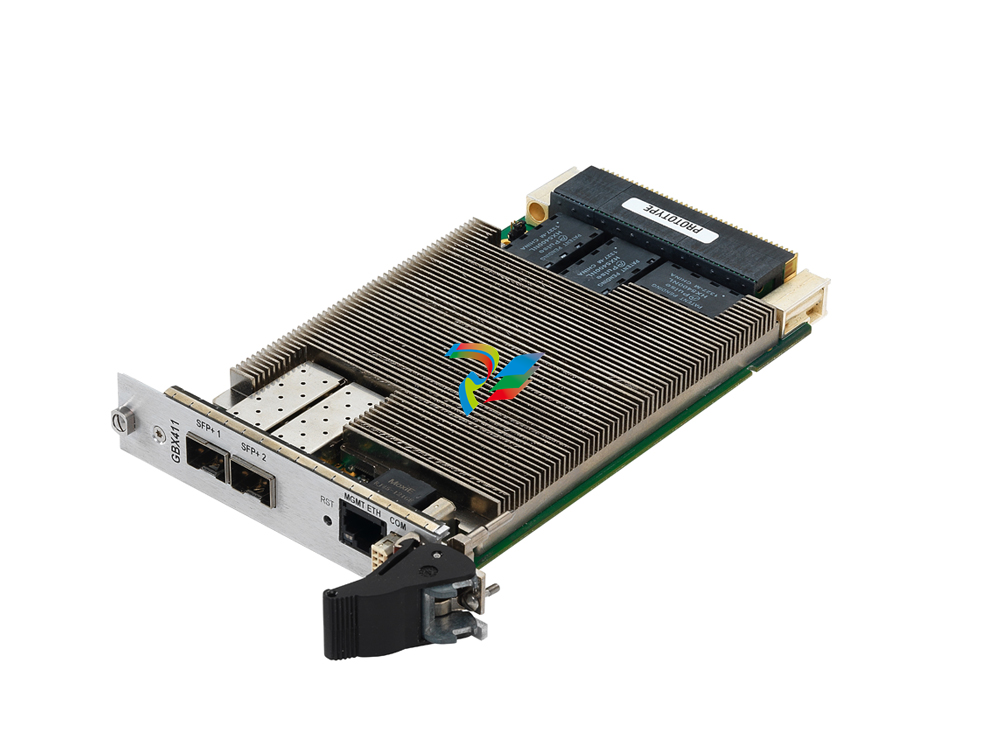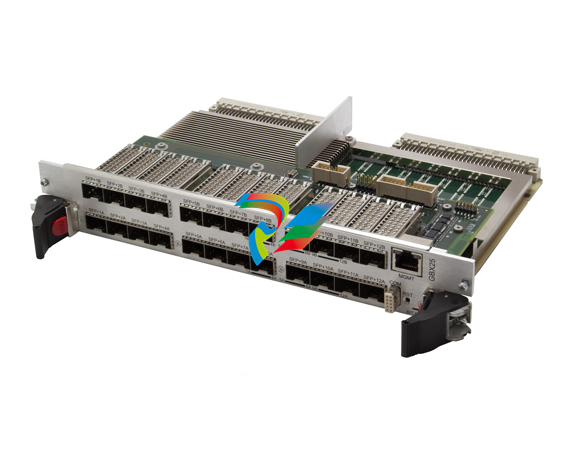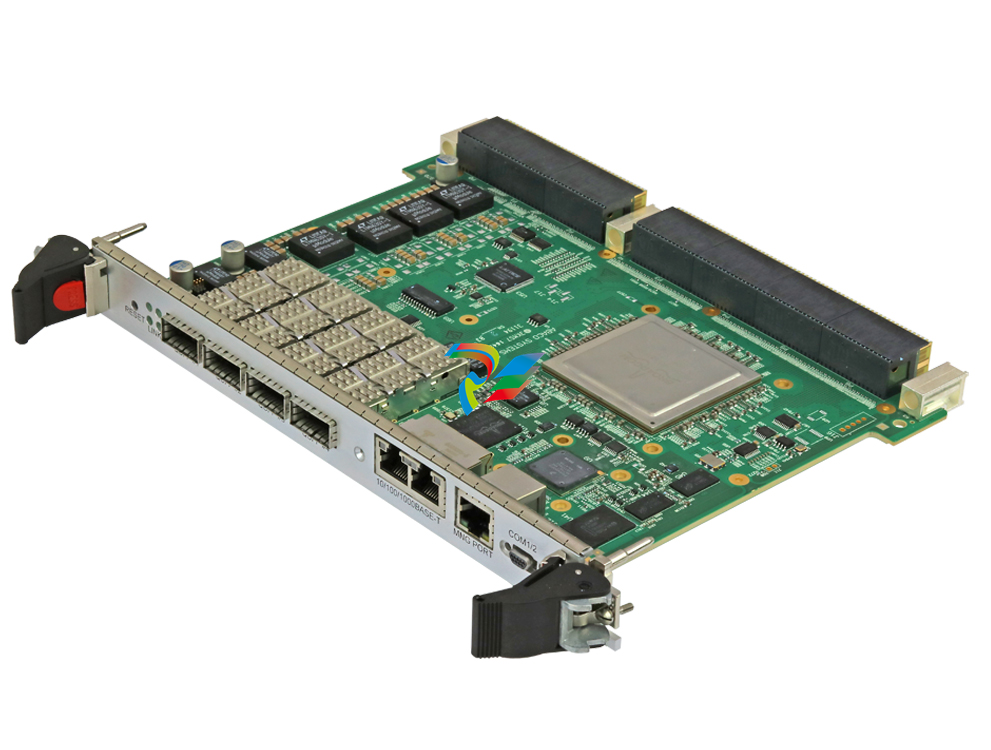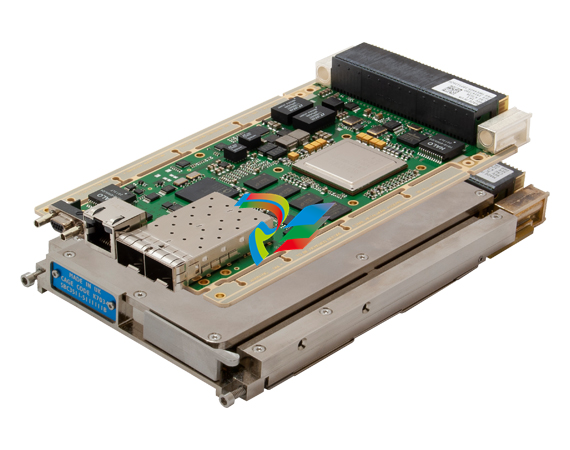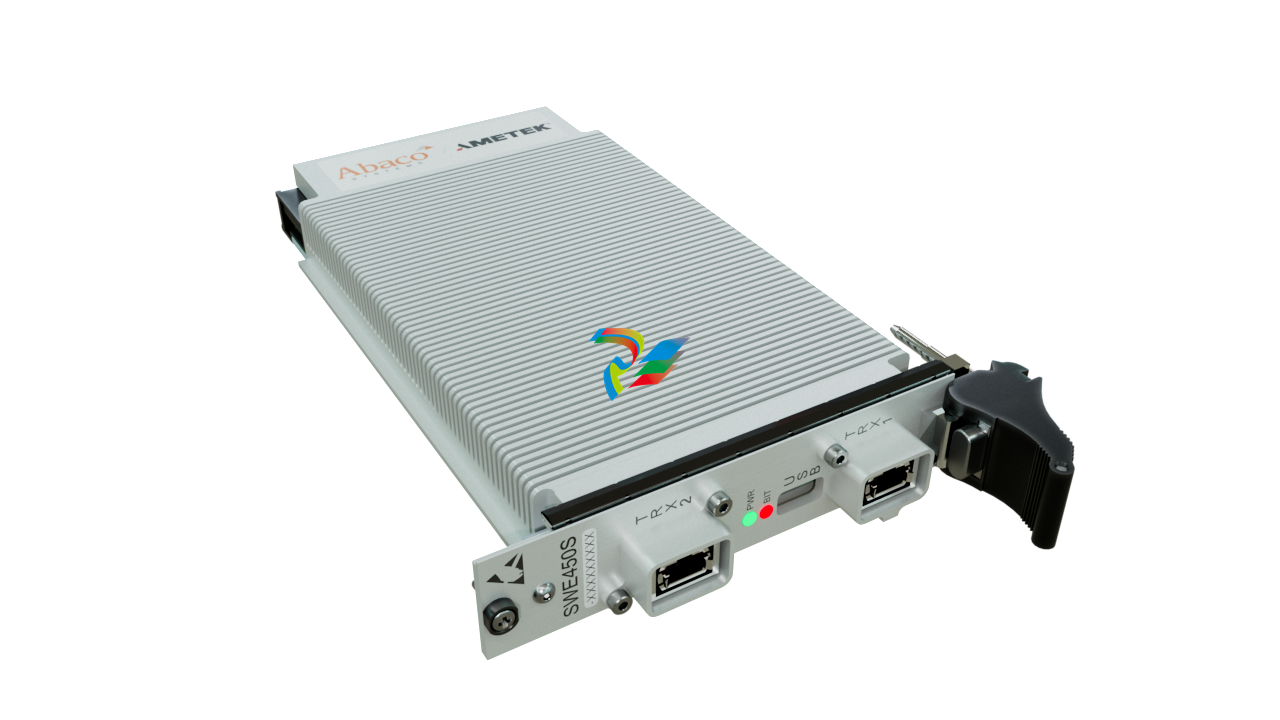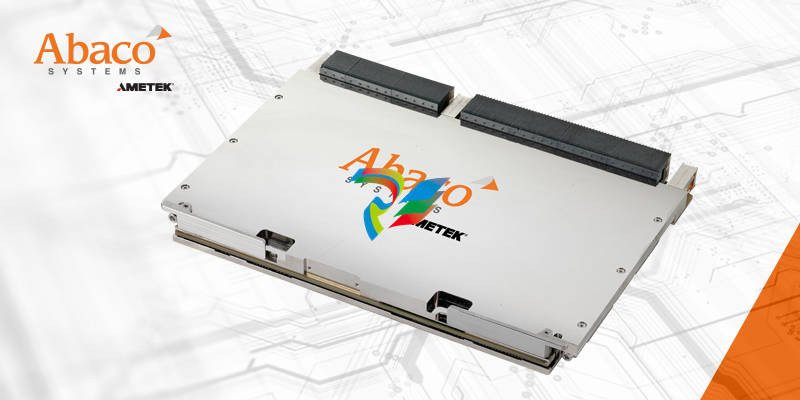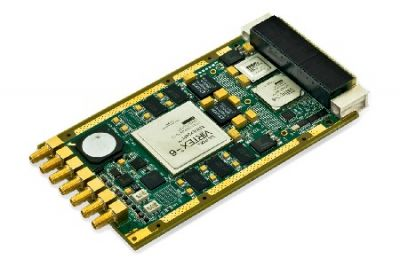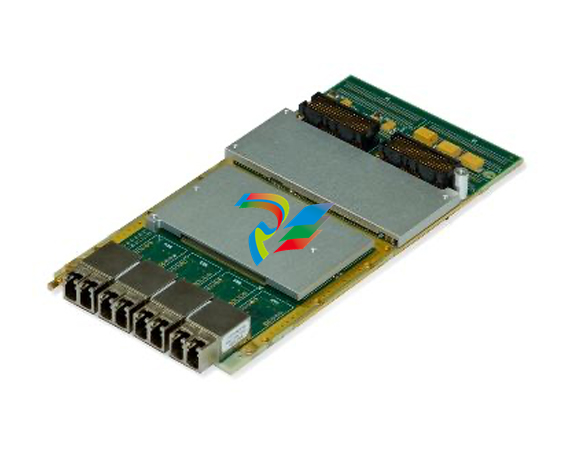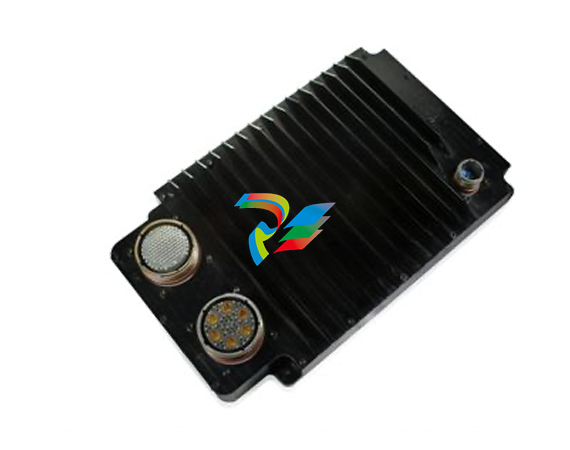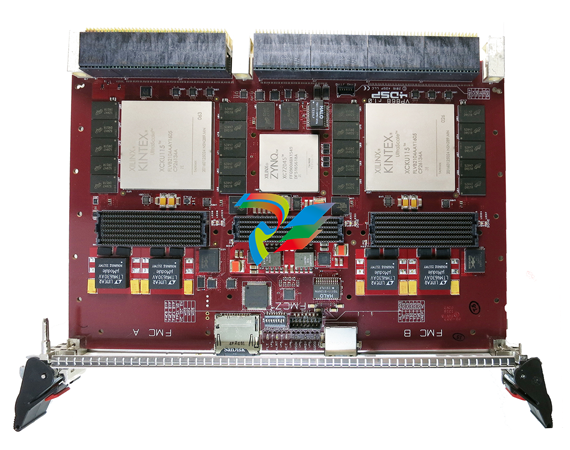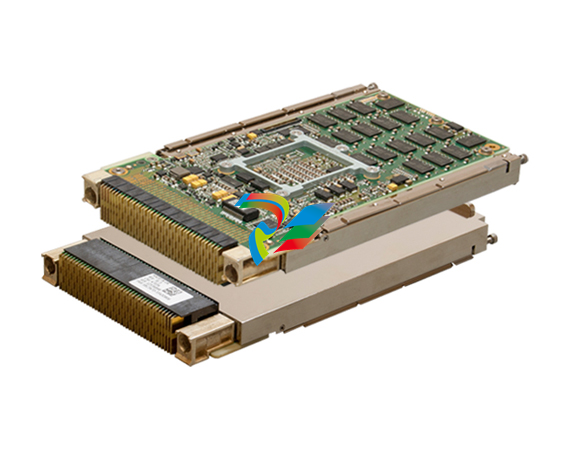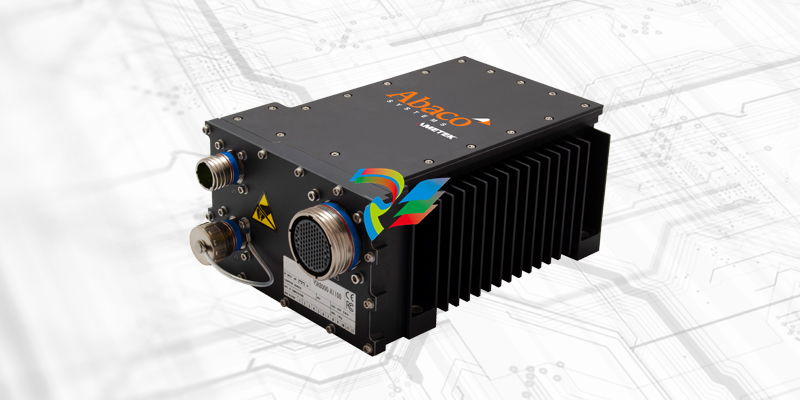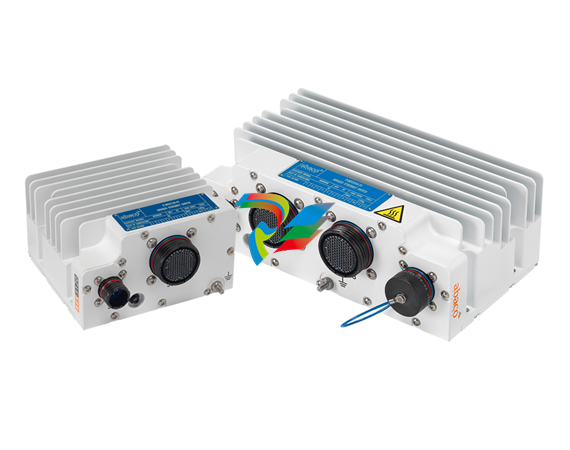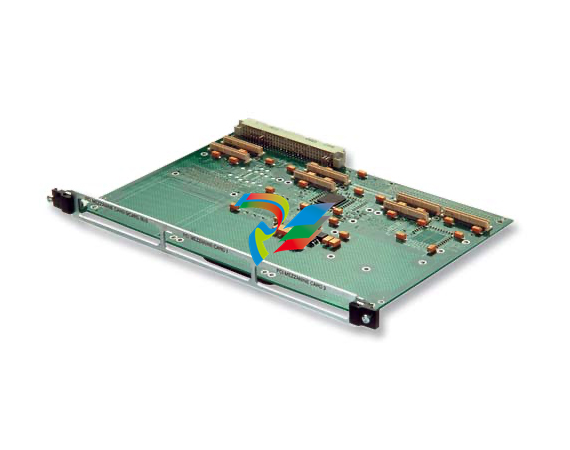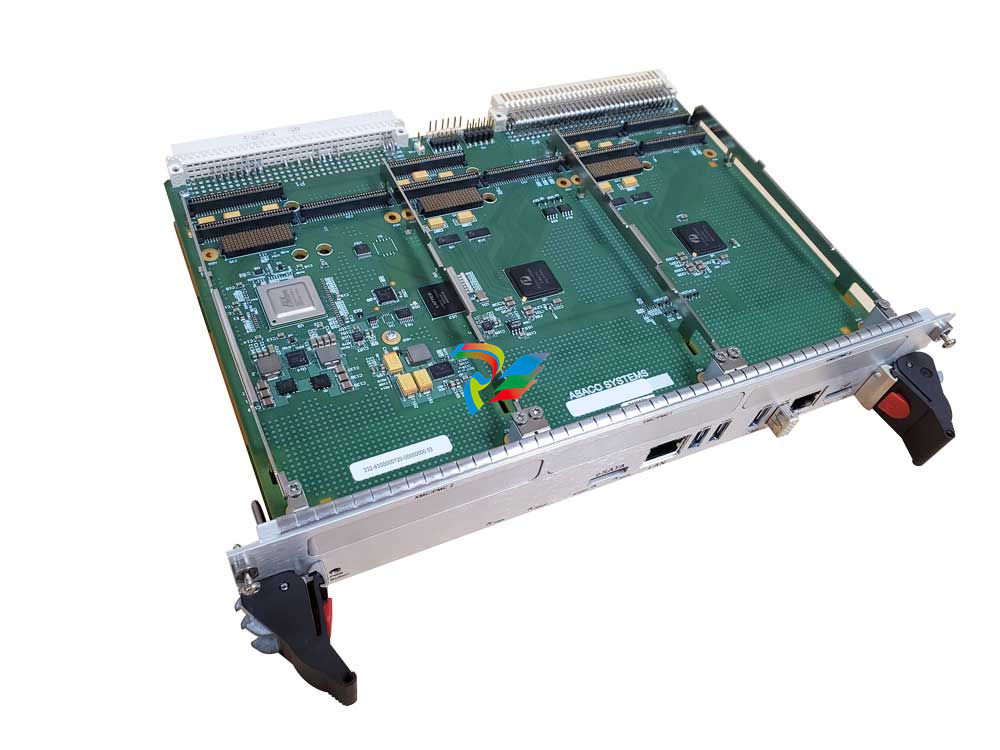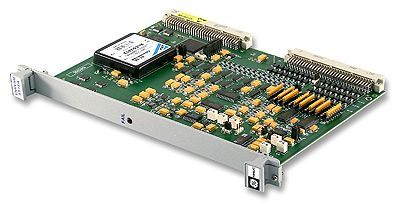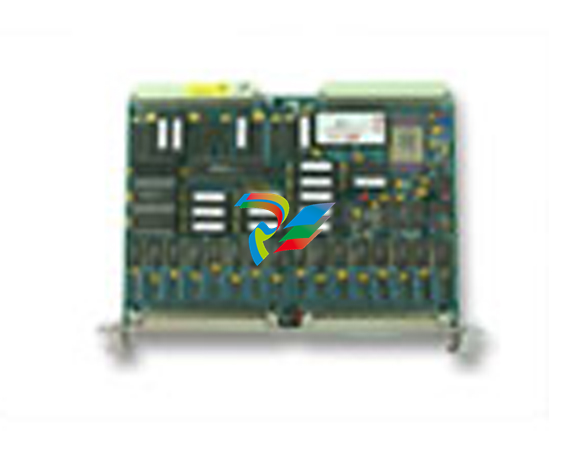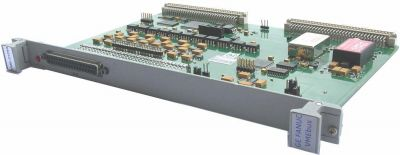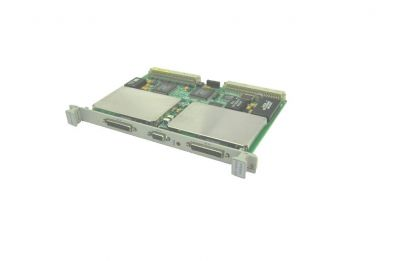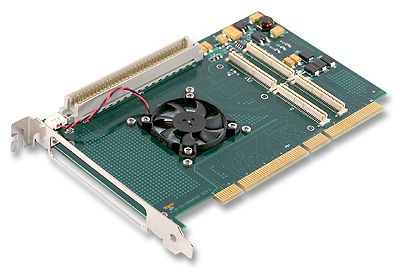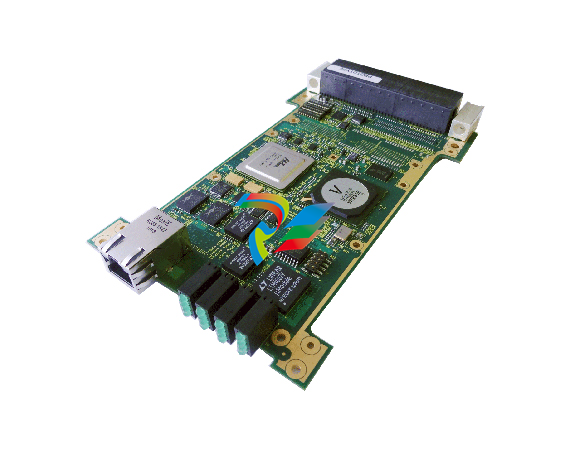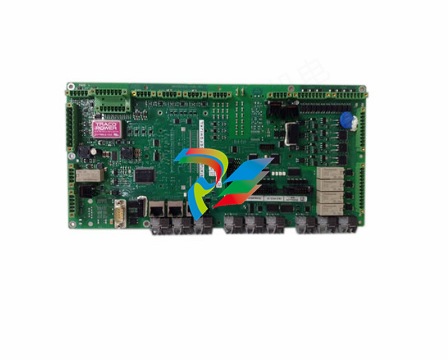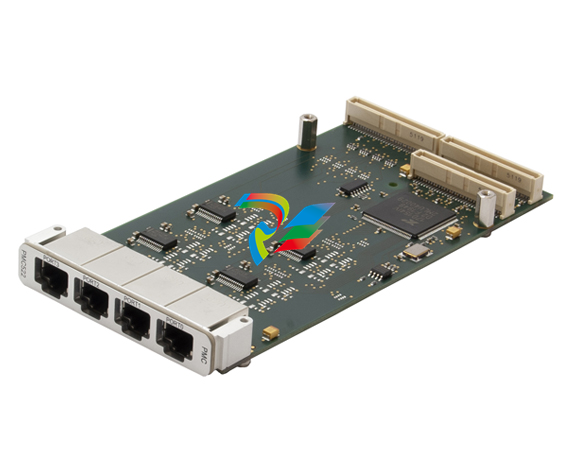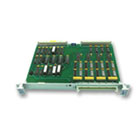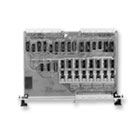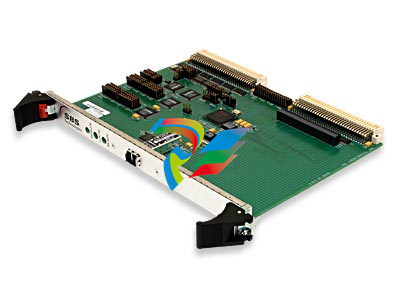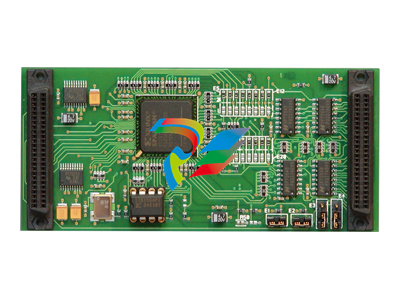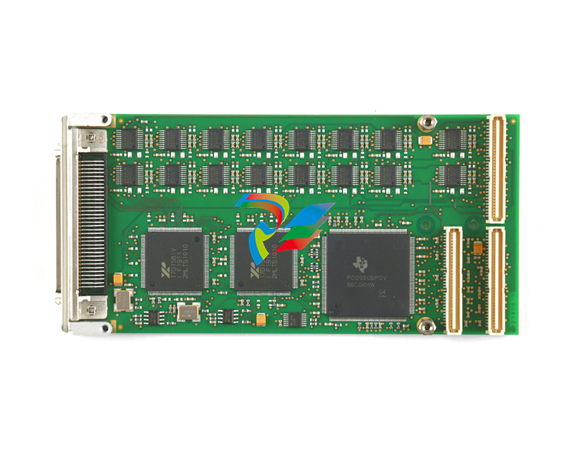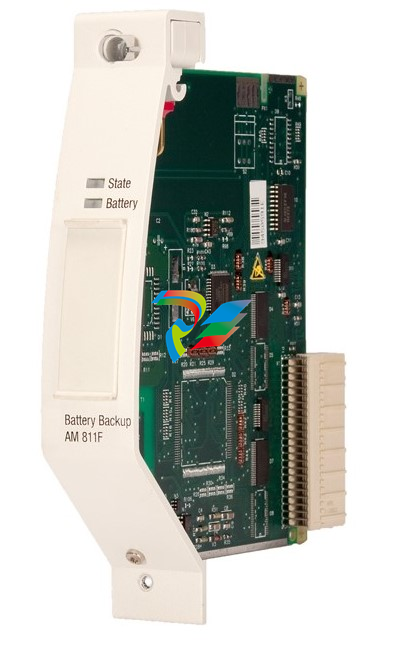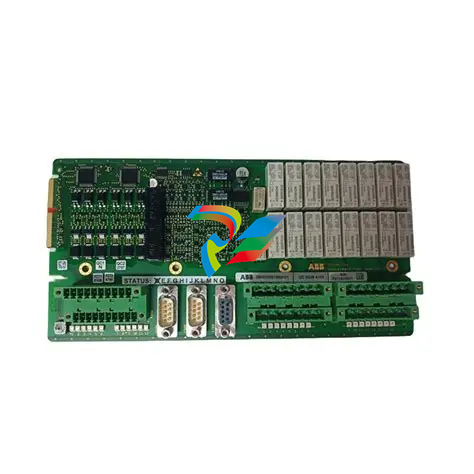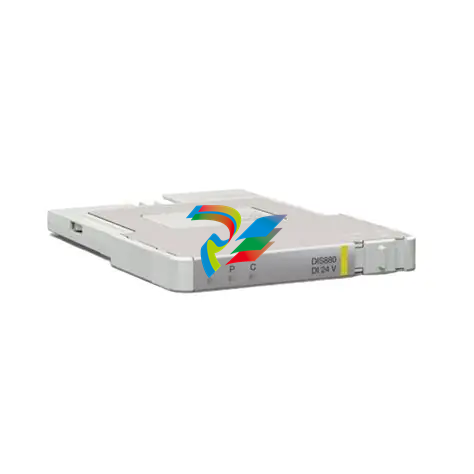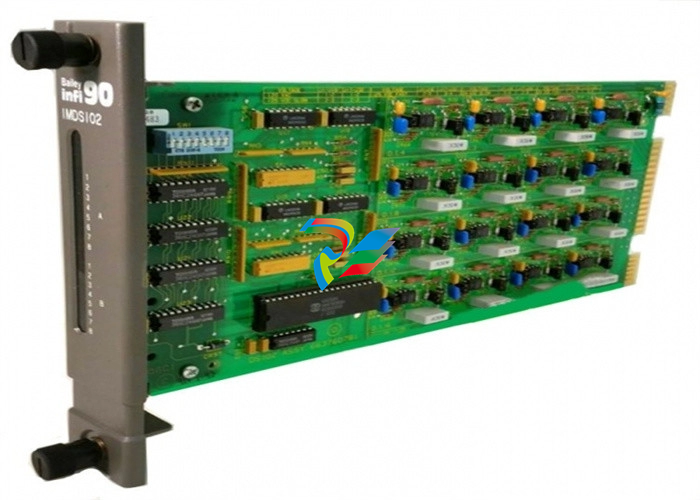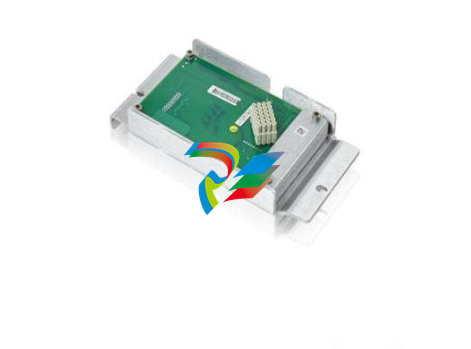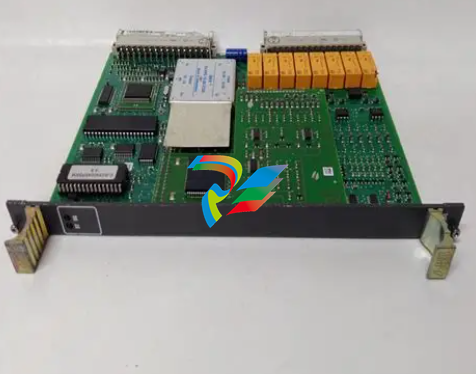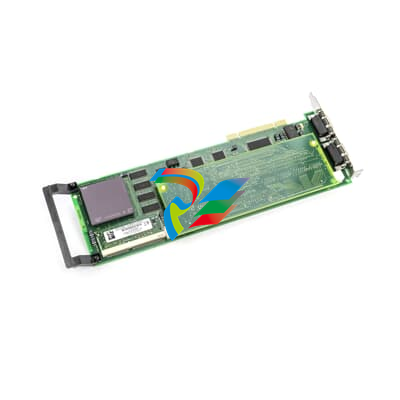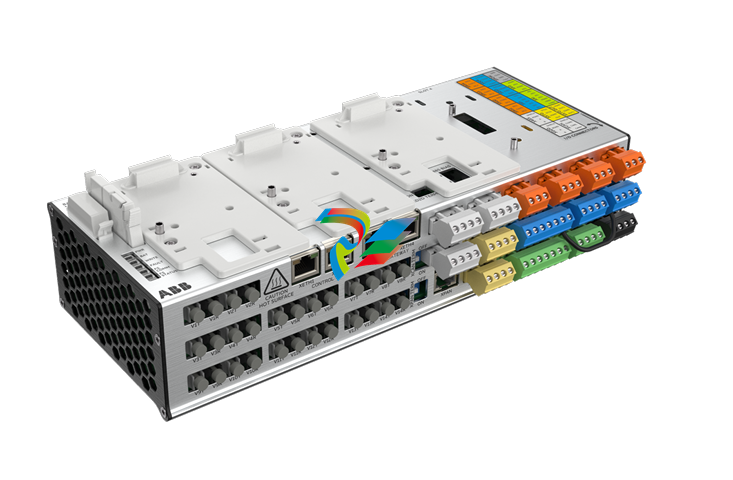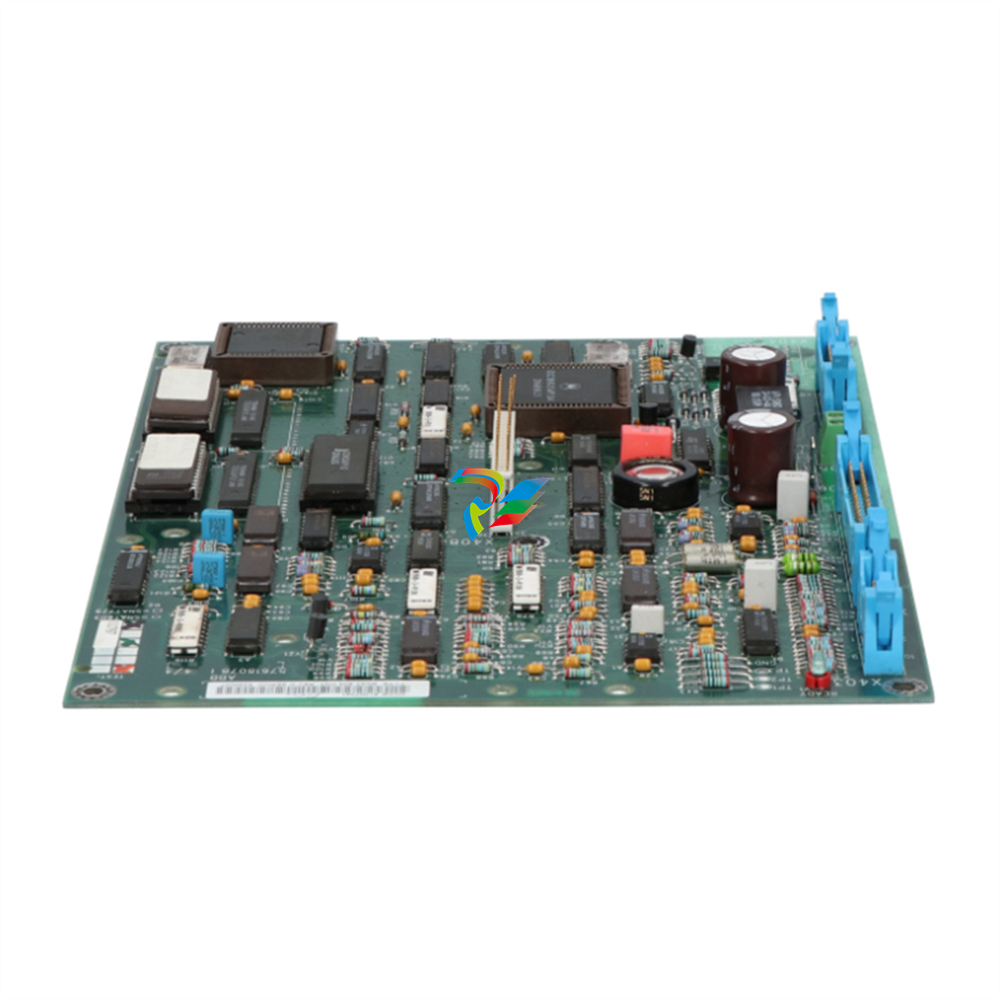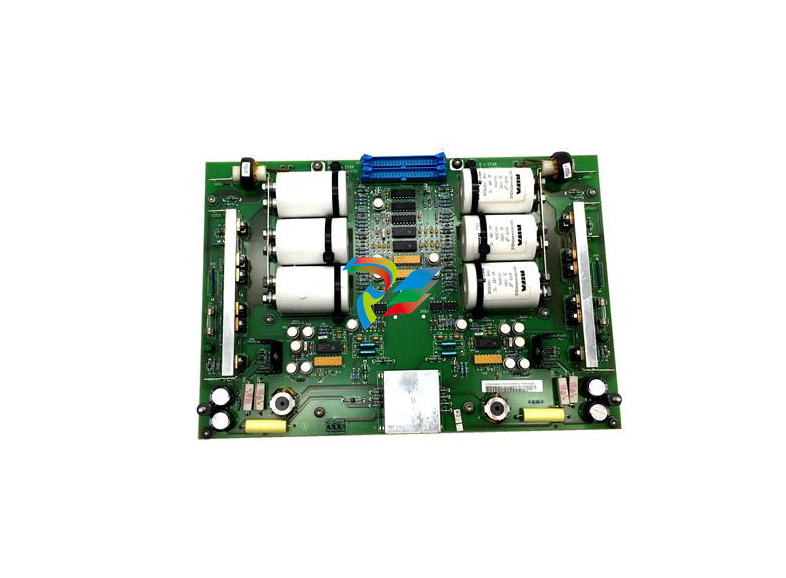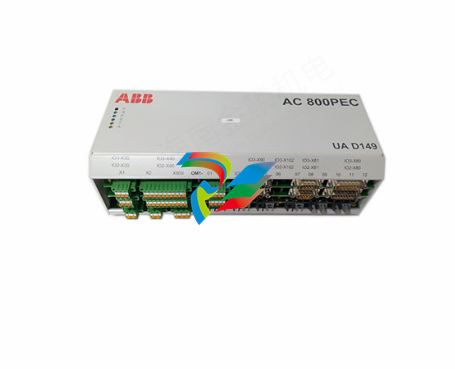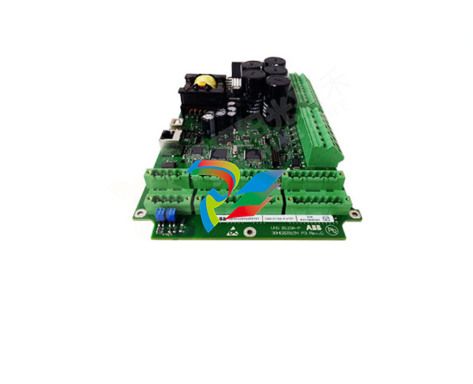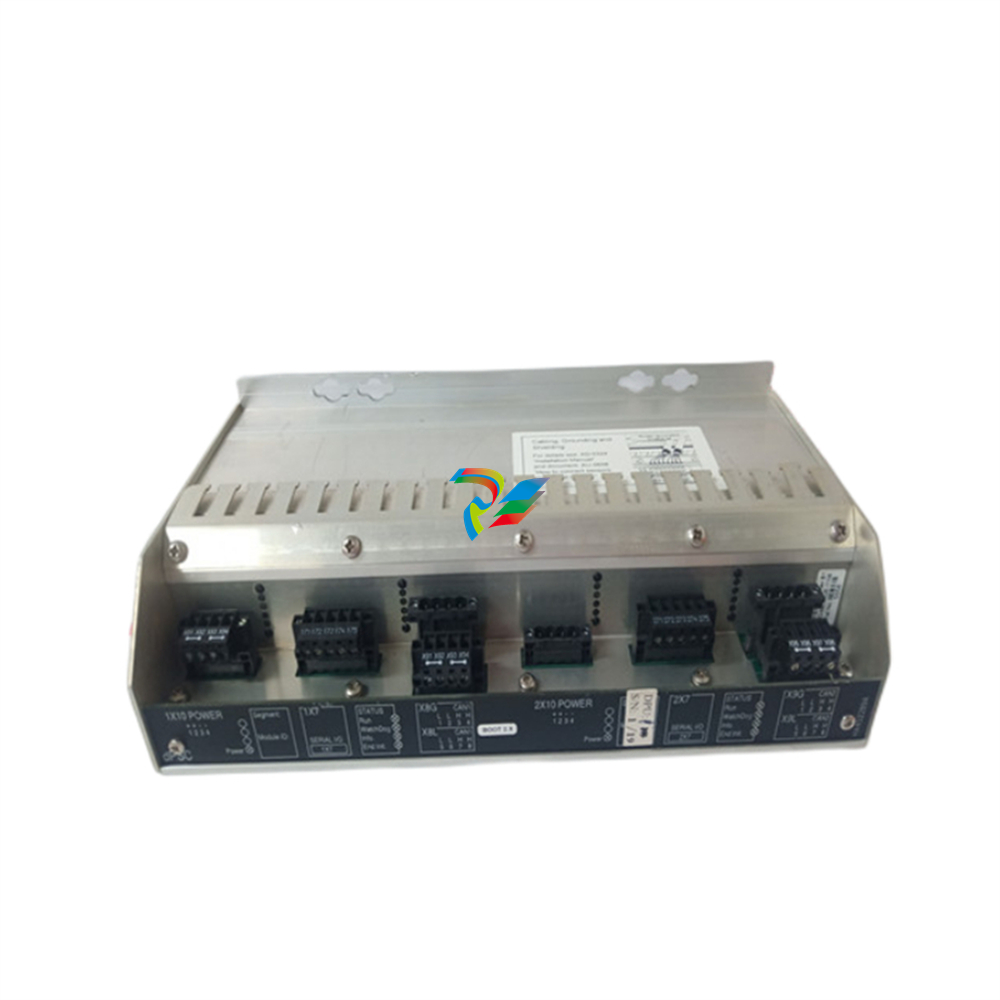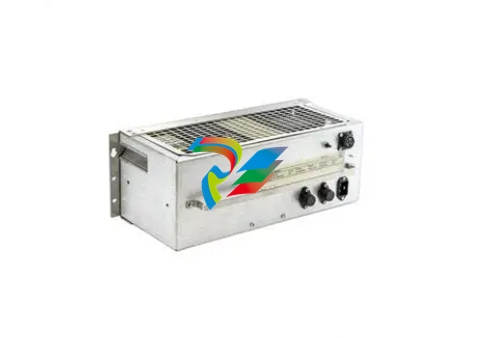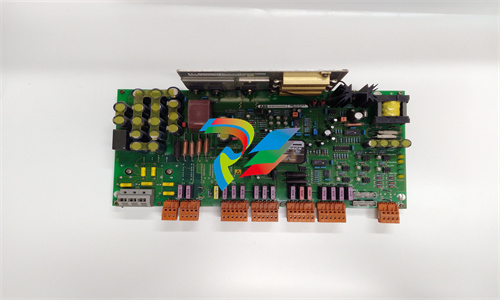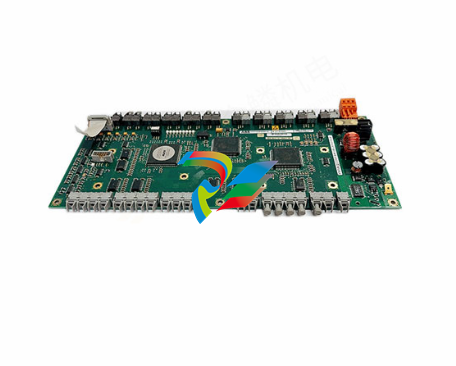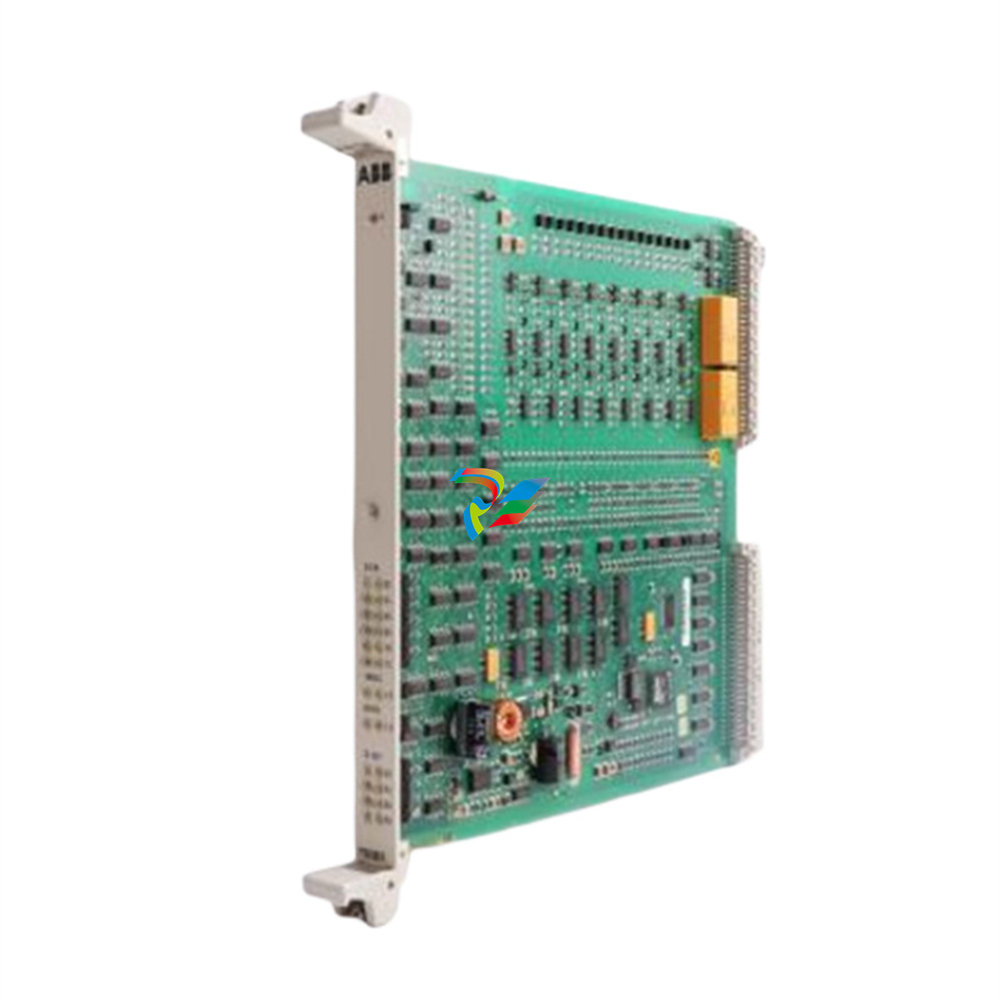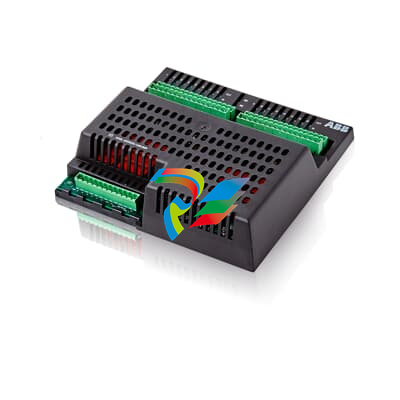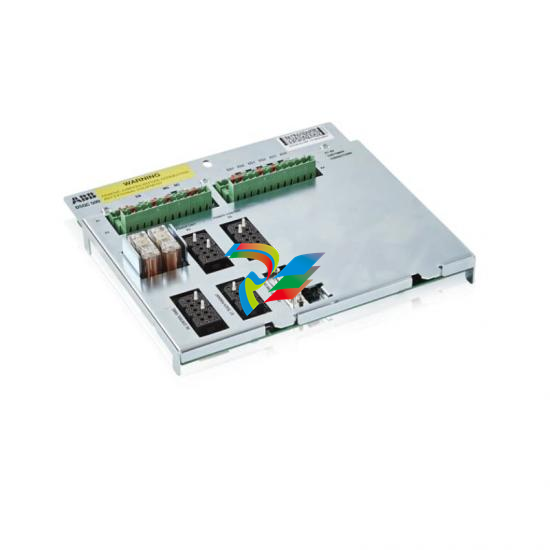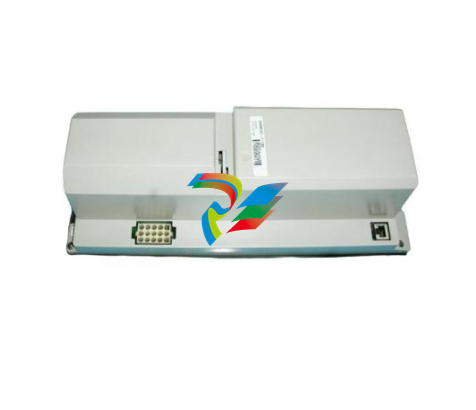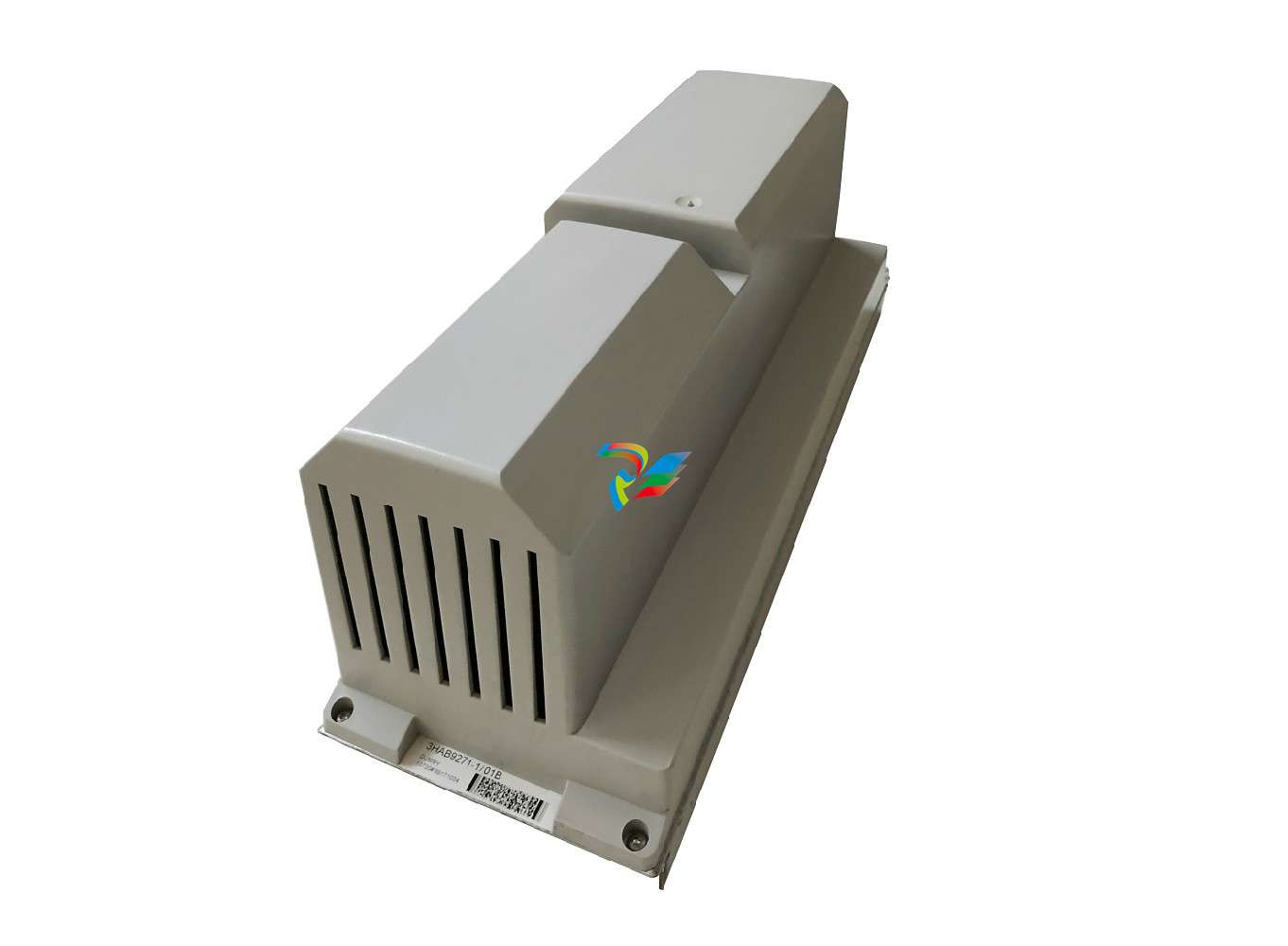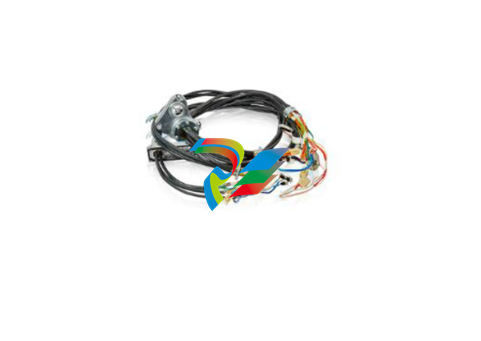
ABBCondition MonitoringMService V7.7 - User Manua MService V7.7 - User Manua [Document Type] ABB Ability™ Condition Monitoring for electrical systems - CMES User Manual MService Condition Monitoring V7.7 User Manual
NOTICE
This document contains information about one or more ABB products and may include a description of or a reference to
one or more standards that may be generally relevant to the ABB products. The presence of any such description of a
standard or reference to a standard is not a representation that all of the ABB products referenced in this document support all of the features of the described or referenced standard. In order to determine the specific features supported by a
particular ABB product, the reader should consult the product specifications for the particular ABB product.
ABB may have one or more patents or pending patent applications protecting the intellectual property in the ABB products described in this document.
The information in this document is subject to change without notice and should not be construed as a commitment by
ABB. ABB assumes no responsibility for any errors that may appear in this document.
Products described or referenced in this document are designed to be connected and to communicate information and
data through network interfaces, which should be connected to a secure net-work. It is the sole responsibility of the system/product owner to provide and continuously ensure a secure connection between the product and the system network and/or any other networks that may be connected.
The system/product owners must establish and maintain appropriate measures, including, but not limited to, the installation of firewalls, application of authentication measures, encryption of data, installation of antivirus programs, and so
on, to protect these products, the network, its system, and interfaces against security breaches, unauthorized access,
interference, intrusion, leakage, and/or theft of data or information.
ABB performs functionality testing on the products and updates that we release. However, system/product owners are
ultimately responsible for ensuring that any product updates or other major system updates (to include but not limited to
code changes, configuration file changes, third-party software updates or patches, hardware change out, and so on) are
compatible with the security measures implemented. The system/ product owners must verify that the system and associated products function as expected in the environment in which they are deployed.
In no event shall ABB be liable for direct, indirect, special, incidental or consequential damages of any nature or kind arising from the use of this document, nor shall ABB be liable for incidental or consequential damages arising from use of any
software or hardware described in this document.
This document and parts thereof must not be reproduced or copied without written permission from ABB, and the contents thereof must not be imparted to a third party nor used for any unauthorized purpose.
The software or hardware described in this document is furnished under a license and may be used, copied, or disclosed
only in accordance with the terms of such license. This product meets the requirements specified in EMC Directive
2014/30/EU and in Low Voltage Directive 2014/35/EU.
TRADEMARKS
MNS and MNS iS a registered trademark.
Microsoft, Windows 2008, Windows 7, and Windows 8 are registered trademarks of Microsoft Corporation.
Product names of other products are registered trademarks of their manufacturers.
This document relates to the MService Release 7.7 and following.
All rights to copyrights, registered trademarks, and trademarks reside with their respective owners.
Copyright © 2019 ABB.
All rights reserved.
Release: July 2019
Document Number: 1TGC910104
Revision: M0202
1 General
1.1. Target Group
MService is the embedded Condition Monitoring device for ABB Low Voltage Switchgears. Audiences
of this manual are service technicians and switchgear operators on site.
The document describes how to get the device installed in a switchgear network, and how to operate
it using the web-based user interface.
The reader shall be familiar with the terms and concept of ABB MNS Low Voltage Switchgear.
1.1 Use of Warning, Caution, Information and Tip icon
This publication includes Warning, Caution, and Information icons where appropriate to point out
safety related or other important information. It also includes Tip icons to point out useful hints to the
reader. The corresponding symbols should be interpreted as follows:
The electrical warning icon indicates the presence of a hazard that
could result in electrical shock.
The warning icon indicates the presence of a hazard that could result in
personal injury.
The information icon alerts the reader to pertinent facts and conditions.
Although Warning notices are related to personal injury, and Caution notices are associated with
equipment or property damage, the operation of damaged equipment could, under certain operational conditions, result in impaired process performance leading to personal injury or death. It is,
therefore, imperative that you comply fully sigh all Warning and Caution notices.
1.2 Terminology
List of the terminology, acronyms, abbreviations and definitions that the document uses.
